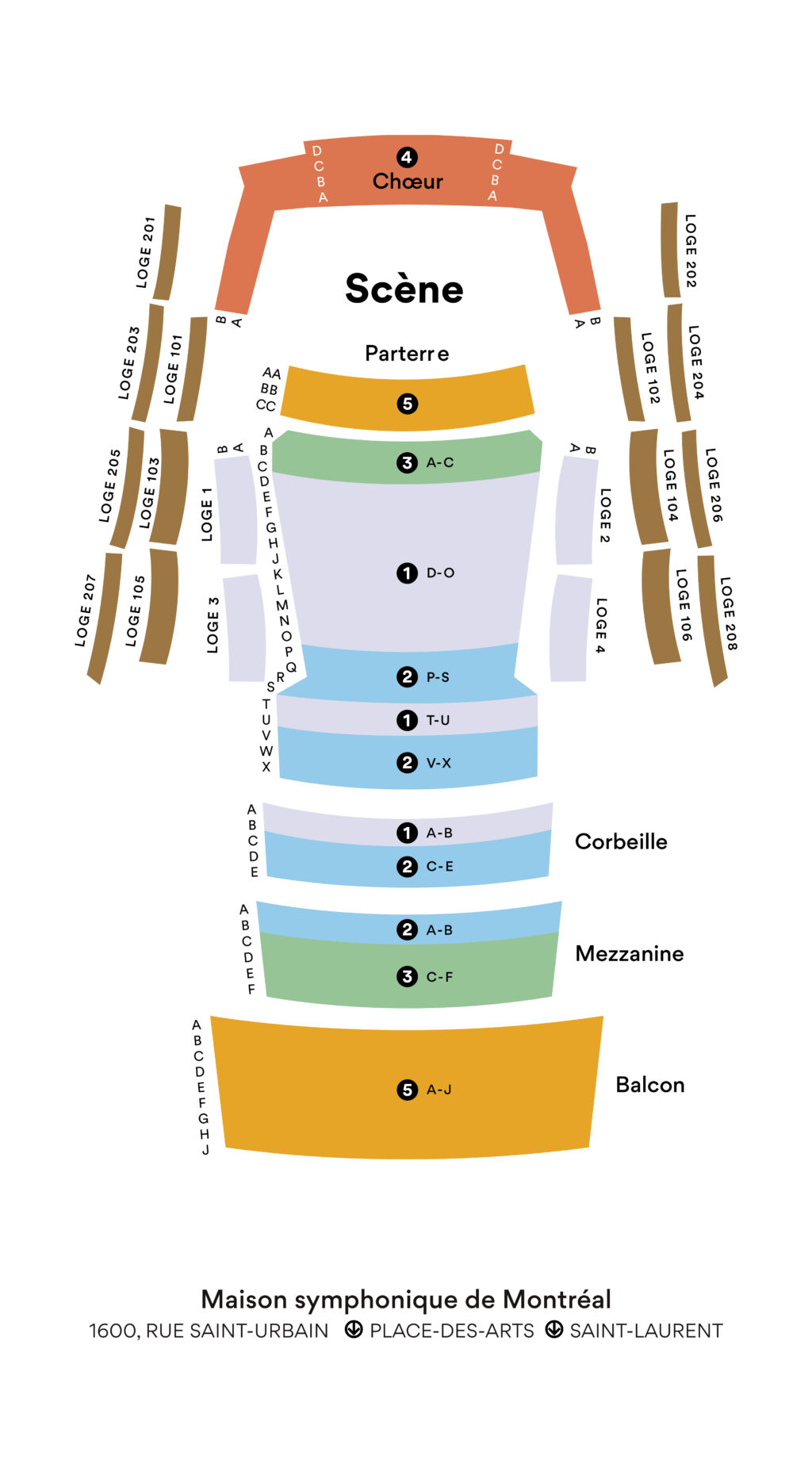Janitzio
Silvestre REVUELTAS
1899-1940
Violinist, composer and conductor Silvestre Revueltas is considered one of the most original Mexican composers of the 20th century. Like de Falla, he drew inspiration from his country’s folk music and dances in many of his works. This is exemplified in his symphonic poem Janitzio (1933), which vividly portrays the island of the same name. Situated in the middle of Lake Pátzcuaro and home to a large Indigenous community, the island is famous for its nocturnal Day of the Dead processions.
© François Zeitouni
June 2024
